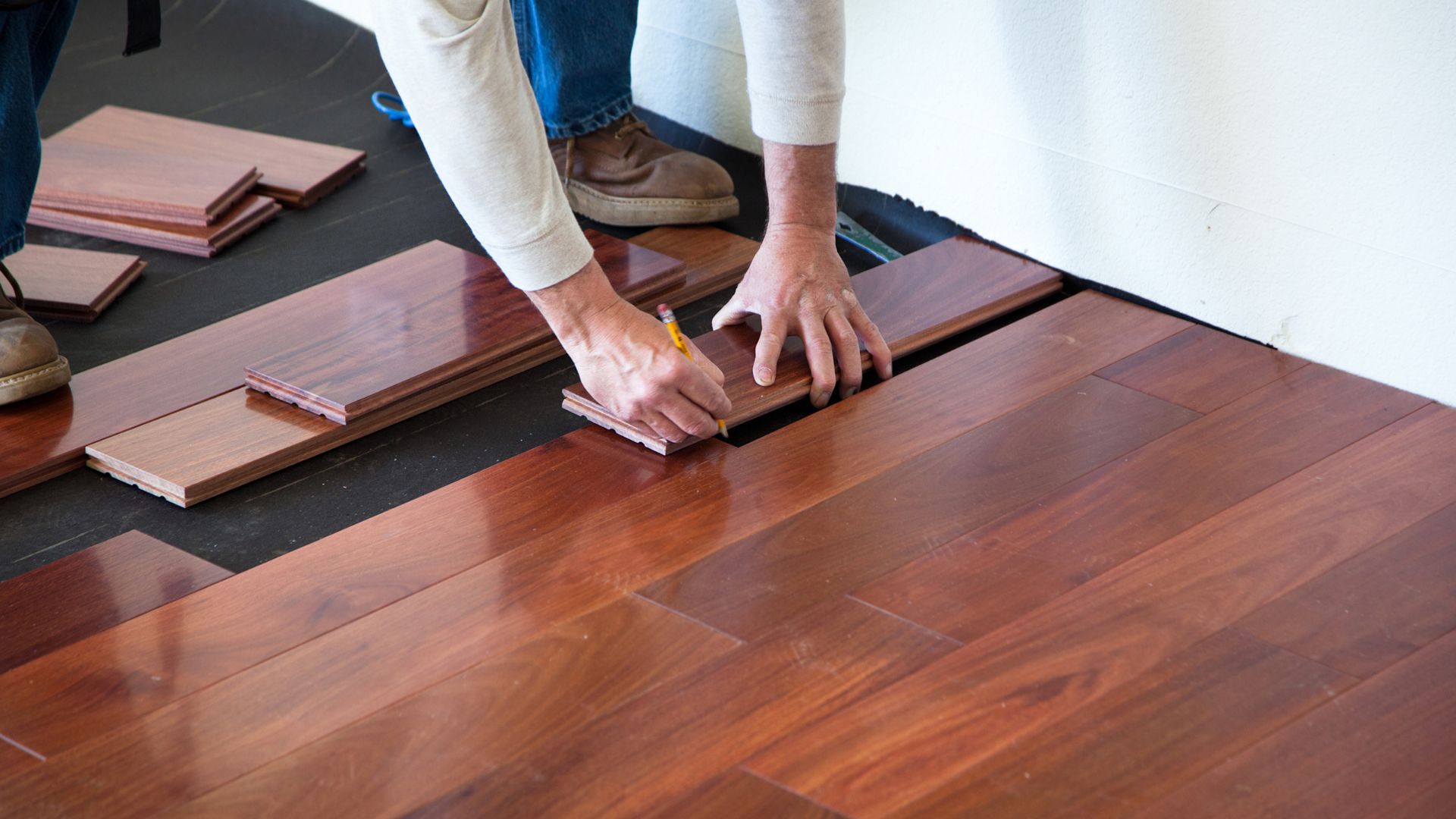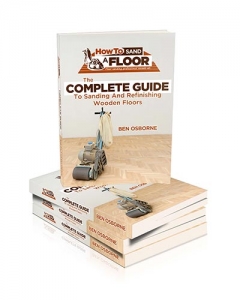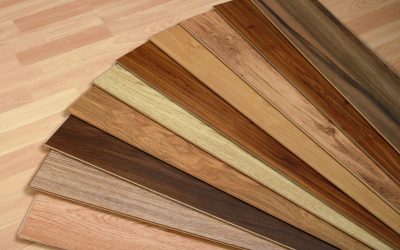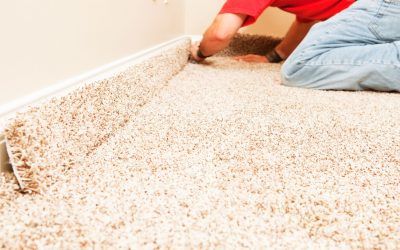Hardwood flooring remains one of the most popular and timeless choices for homeowners around the world. Its aesthetic appeal, durability, and versatility make it suitable for a variety of spaces, from living rooms and bedrooms to offices and retail spaces. This comprehensive guide aims to provide valuable insights into the world of hardwood flooring, from the different types of wood and finishes to installation and maintenance.
Types of Hardwood Flooring
There is an array of hardwood flooring options available, each with its unique characteristics and aesthetics. Some of the popular ones include:
Oak Hardwood Flooring
Known for its durability and wide range of color options, oak flooring is perfect for high-traffic areas.
Maple Hardwood Flooring
Maple offers a more subtle grain pattern and comes in lighter color tones.
Walnut Hardwood Flooring: Walnut offers rich, dark hues and is known for its unique and complex grain patterns.
Engineered Hardwood Flooring
Engineered hardwood is a more stable and versatile alternative to solid hardwood, making it suitable for basements and other areas prone to moisture.
Hardwood Flooring Installation
Whether you’re opting for a DIY approach or hiring a professional, understanding the installation process is crucial. It involves several steps, including preparing the surface, laying down a moisture barrier, placing the flooring underlayment, and finally, installing the hardwood planks. For DIY installations, you might consider click-lock wood flooring for a simpler process.
Cost and Budgeting
The cost of hardwood flooring can vary significantly based on the type of wood, finishes, installation complexity, and geographical location. On average, homeowners might expect to spend between $6 and $12 per square foot for materials and installation. It’s crucial to plan and budget accordingly and don’t forget to factor in costs for maintenance and possible repairs down the line.
Maintenance and Care
Proper maintenance ensures your hardwood flooring retains its aesthetic appeal and lasts for years. Regular cleaning, using appropriate hardwood floor cleaners, helps remove dust and dirt. For deeper cleaning, polishing may be required. Every few years, depending on the level of wear, refinishing may be necessary to restore the floor’s original beauty.
Hardwood Flooring Finishes
Finishes not only add a protective layer to your hardwood floors but also enhance their appearance. Options include prefinished hardwood, which comes from the factory already sanded and sealed, and unfinished hardwood, which is finished on-site. Popular types of finishes include oil-based polyurethane, water-based polyurethane, and wax.
Sustainable and Eco-Friendly Options
For homeowners concerned about their ecological footprint, sustainable hardwood flooring options like bamboo and recycled hardwood offer an eco-friendly alternative. These materials have less impact on the environment yet still provide the classic beauty of hardwood.
Trends in Hardwood Flooring
Staying abreast of the latest trends in hardwood flooring can help you make the most informed decision. Some current trends include wider plank sizes, the increasing popularity of parquet flooring, and a growing preference for matte finishes over high-gloss ones.
Conclusion
Whether you prefer the traditional elegance of oak, the rich darkness of walnut, or the eco-friendliness of bamboo, hardwood flooring offers endless possibilities to transform your space. With the right care and maintenance, your hardwood floors can provide warmth and beauty for many years to come.
Remember, hardwood flooring is not just a design choice. It’s an investment in your home’s value and your quality of life. So, choose wisely, install correctly, and maintain diligently.
Keep exploring and learning about the amazing world of hardwood flooring, and don’t hesitate to consult with professionals if in doubt.





